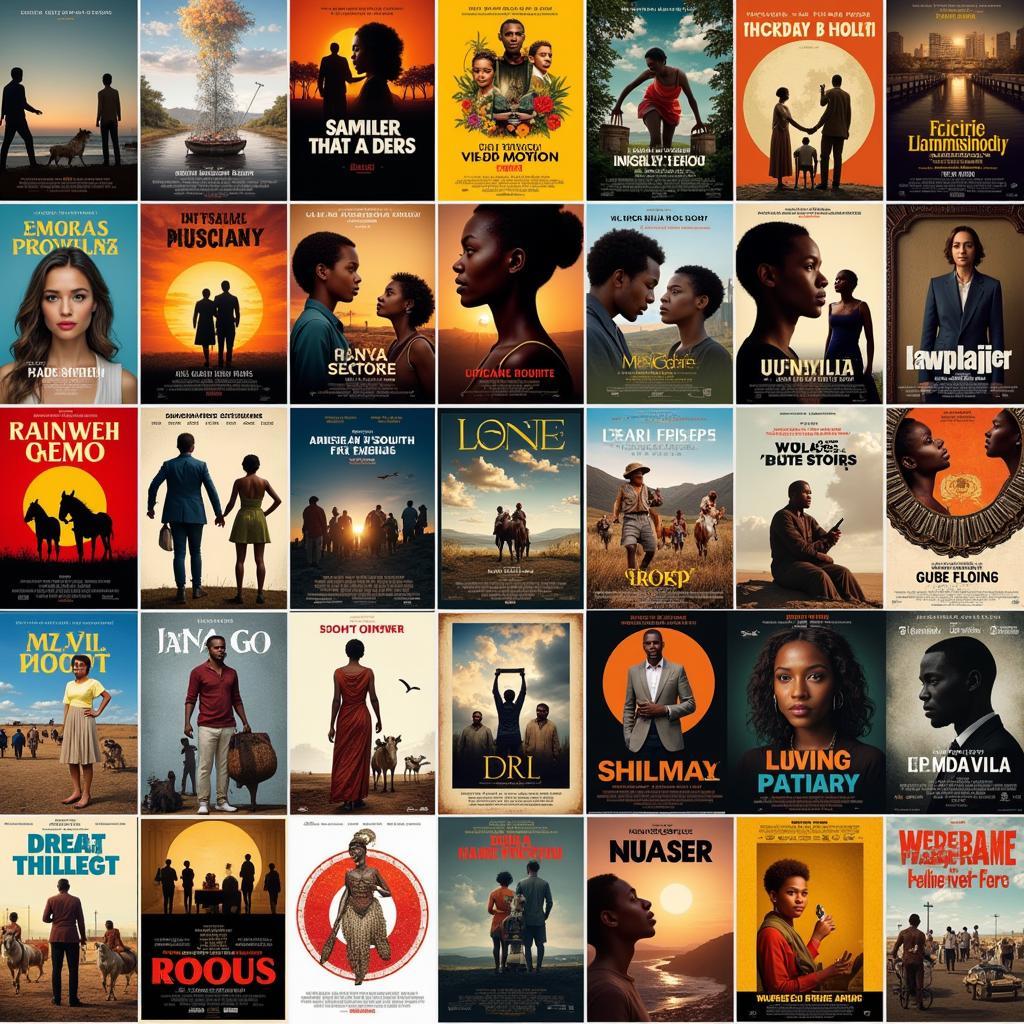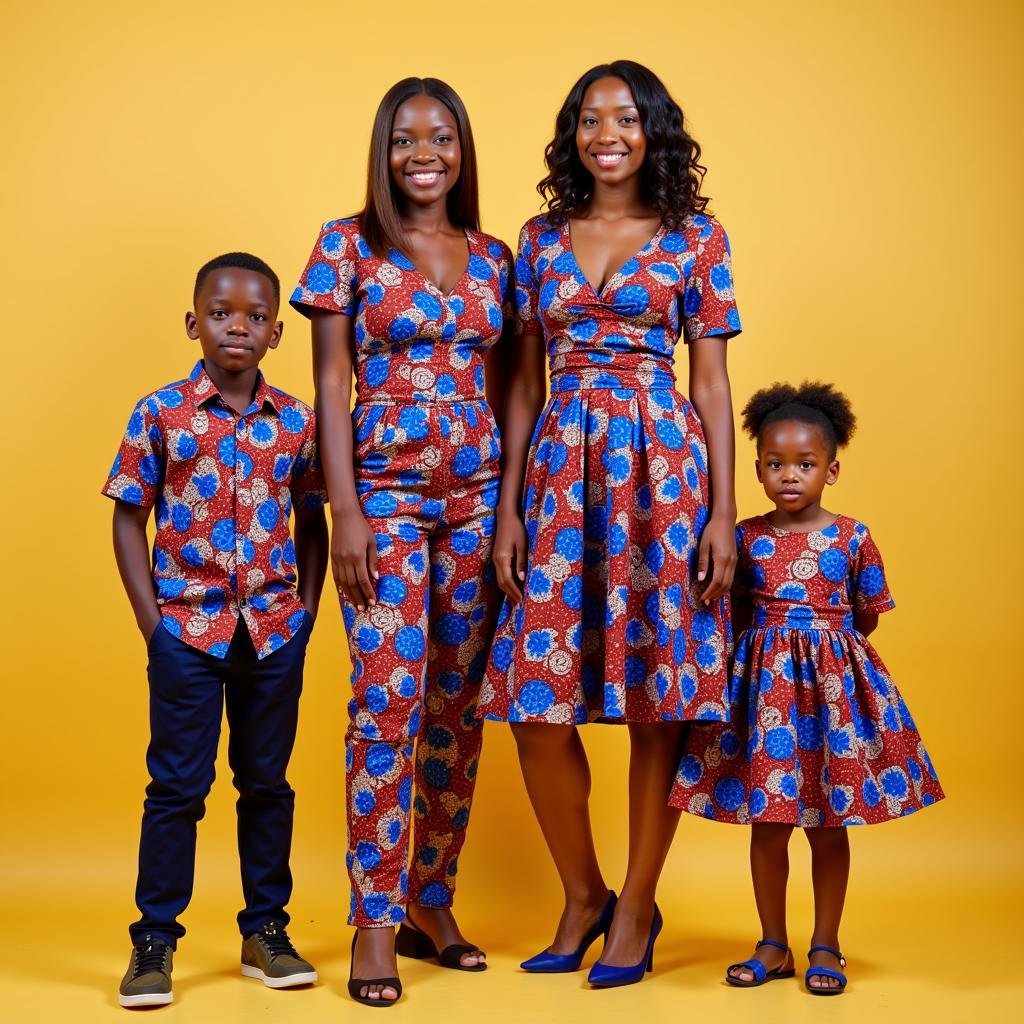African Girl Extreme Facial Piercings: Exploring the Cultural Significance and Practices
African cultures are renowned for their vibrant traditions and unique expressions of individuality, and this extends to body modification practices such as facial piercings. While the practice of facial piercing is prevalent in various cultures around the world, it holds a distinct and rich history in Africa. This article delves into the intricate world of African Girl Extreme Facial Piercings, exploring the cultural significance, the diverse techniques employed, and the evolving perceptions surrounding this practice.
Exploring the Cultural Significance of Facial Piercings in Africa
Across the vast African continent, facial piercings have served multifaceted purposes throughout history. From traditional rites of passage to decorative enhancements and social status indicators, these piercings have deeply embedded themselves into the fabric of various African societies.
Rites of Passage and Marking Identity
For many African communities, facial piercings are integral to marking the transition from childhood to adulthood. These piercings signify a young person’s entry into a new stage of life, carrying responsibilities and privileges associated with adulthood. They also play a crucial role in identifying individuals with specific communities or ethnic groups, solidifying their sense of belonging and heritage.
“Facial piercings represent a powerful symbol of identity and cultural connection in many African societies. They mark significant life events and serve as a visual testament to one’s heritage.” – Aisha M. Kamara, Anthropologist and Expert on African Body Modification Practices
Aesthetic Enhancements and Beauty Standards
In addition to their symbolic significance, facial piercings are often embraced as forms of aesthetic enhancement. In some cultures, piercing specific parts of the face, such as the lips, nose, or ears, is considered aesthetically pleasing and enhances an individual’s beauty. These practices reflect evolving perceptions of beauty and the role of body modification in expressing self-identity.
Social Status and Power
In certain African societies, the number, placement, and type of facial piercings can convey social status, power, and wealth. Individuals who can afford elaborate piercings or specific materials for their ornaments are often viewed as having higher social standing.
Diverse Facial Piercing Techniques and Styles in Africa
The diversity of African cultures is mirrored in the vast array of facial piercing techniques and styles practiced across the continent.
Lip Piercing
Lip piercings, often involving the lower lip, are commonly found in communities throughout Africa. The piercing may be adorned with decorative elements like beads, bone, or wood, and the size and shape of the piercing can vary significantly depending on the specific cultural context.
Nose Piercing
Nose piercings, both for the septum and the nostrils, are prevalent in many African societies. The style and placement of the piercing can differ depending on the region and community, with some opting for simple studs or rings while others incorporate larger and more elaborate adornments.
Ear Piercings
Ear piercings, ranging from the earlobe to the cartilage, are common in various African communities. These piercings are often decorated with rings, beads, and other ornaments, with styles influenced by regional traditions and personal preferences.
Eyebrow Piercing
Eyebrow piercings, while less common than other facial piercings, are present in certain African communities. They are often seen as a statement of individuality and rebellion, particularly among younger generations.
Other Facial Piercings
In addition to these common styles, there are numerous other facial piercing techniques practiced across the continent, including cheek, chin, and tongue piercings.
Modern Perspectives and the Future of Facial Piercings in Africa
As with many traditional practices, the perception of facial piercings in Africa has evolved alongside social and cultural shifts. While some communities continue to embrace these traditions as integral to their identity and cultural expression, others view them as outdated or even problematic.
Traditional Practices and Modernity
The rapid pace of globalization and modernization has led to a complex interplay between traditional practices and modern values. Some communities struggle to reconcile the embrace of modern aesthetics with the preservation of ancient traditions.
Safety Concerns and Health Risks
With the increasing prevalence of facial piercings, concerns about safety and health risks have also emerged. The importance of sterile equipment, experienced piercers, and proper aftercare practices cannot be overstated.
Individual Expression and Choice
Ultimately, the decision to get facial piercings is a personal one. While cultural traditions can serve as powerful influences, individuals should be empowered to make choices that align with their own values and preferences.
“It is crucial to acknowledge that the practice of facial piercing is not monolithic. Different cultures have unique traditions and interpretations, and it is vital to approach this topic with sensitivity and respect.” – Dr. Joseph K. Adewale, Professor of African Studies and Cultural Anthropology
Conclusion
Facial piercings in African culture represent a complex and multifaceted phenomenon, interwoven with historical significance, aesthetic expression, and evolving social perspectives. These piercings embody a powerful testament to the diversity and resilience of African traditions, showcasing the enduring power of cultural identity and self-expression. As we continue to explore the fascinating world of African girl extreme facial piercings, we must acknowledge the cultural context, celebrate the beauty and diversity of these practices, and advocate for responsible and safe piercing practices.

